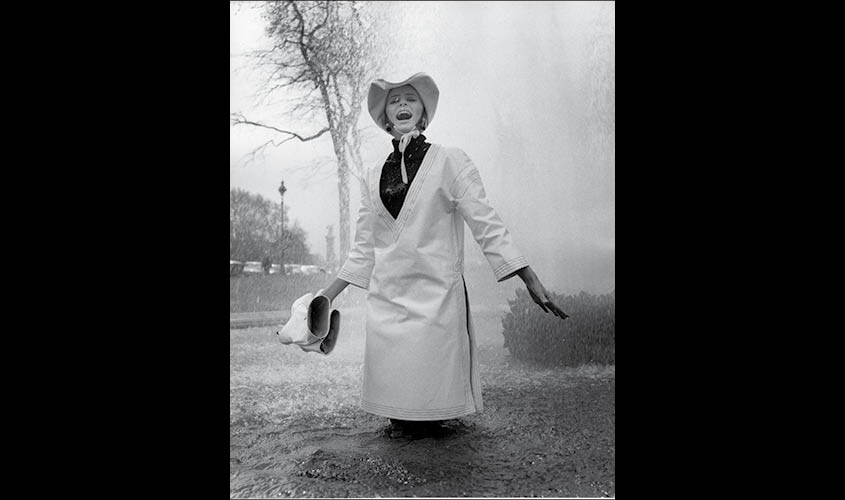There cannot be anyone interested in British fashion who doesn’t know of Mary Quant, queen of the Kings Road in the sixties. Mary Quant and Laura Ashley were contemporaries, both Welsh and both rose from humble beginnings to run successful international businesses. While Laura Ashley reinvented romantic wear, Quant became the archetypal Chelsea girl and trendsetter. After art school the young Mary trimmed couture hats for a while and then opened her experimental shop Bazaar, full of the energy and fun of swinging London. With her distinctive sharp cropped hair Quant challenged conventions and became a powerful role model for women; she popularised the miniskirt, colourful tights, lurex stockings, and tailored trousers—her take on masculine tailoring encouraged a new age of feminism. Quant’s miniskirt would go on to become an icon of the time and spark a new creative scene in London and beyond. Fashion editors and journalists soon cottoned on to her stripes, pinafores and tunics that could be dressed up or down, party dresses in black (hitherto only worn by men or women in mourning), coat dresses and wrap-over dresses, all edgy but smart and practical. Inspiring professional young women to rebel against the traditional dress worn by their mothers and grandmothers.
In 1963 Quant opened Ginger Group, sporty graphic separates with a lower price point, another step to taking the snob out of fashion, soon Quant’s original tiny boutique on the King’s Road grew into a wholesale brand available in department stores across the UK. Quant’s business sense developed, her classless name and energy meeting art students and editors led to collaborations in unexpected areas.
Just two years after Quant took her ideas to New York. Her kooky British style was instantly accepted and soon appeared in New York store windows. This exhibition at the V&A Museum looks at Quant’s fashion story, with original pieces to collaborations with manufacturers, diversifying into underwear, hosiery and cosmetics, all made to her designs, and packaged with her signature daisy logo. Also displayed are Quant’s own line of dolls, known as Daisy dolls, a rival to Mattel’s Barbie.

Quants’ design flair and creativity continued. She modernised historical inspiration into her collections, William Morris print trouser suits, Victorian pleats and ruffles, she experimented with quirky accessories and eye-catching shop windows. Quant introduced a new wet look fabric “PVC” to the Paris catwalk in 1963 but this rainwear collection did not hit retail until two years later due to stitching anomalies.
Last year Jenny Lister, the V&A curator of the exhibition, reached out to the public to track down rare Quant garments from wardrobes around UK. Receiving over 1,000 responses, 35 objects from 30 individuals were selected alongside personal stories from the owners and 50 photographs of the women wearing their beloved Quant clothes. These objects and stories have transformed the V&A exhibition narrative. 120 garments are on chronological display, backed up by fascinating narrative, archive film and photographs of this extraordinarily iconic woman who made fashion less exclusive and more accessible to a new generation. The exhibition runs till February 2020.

